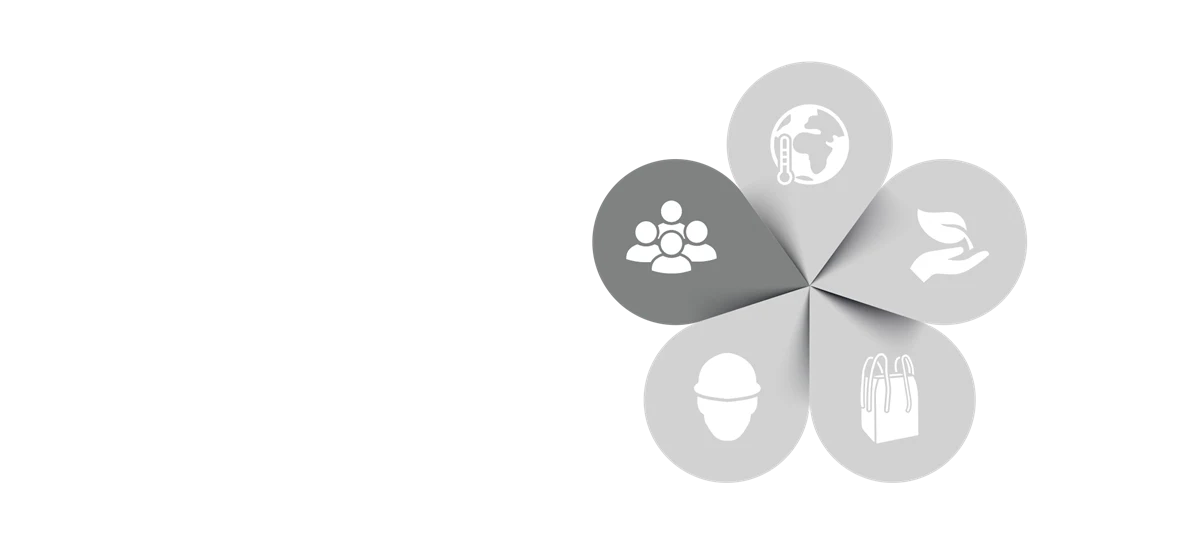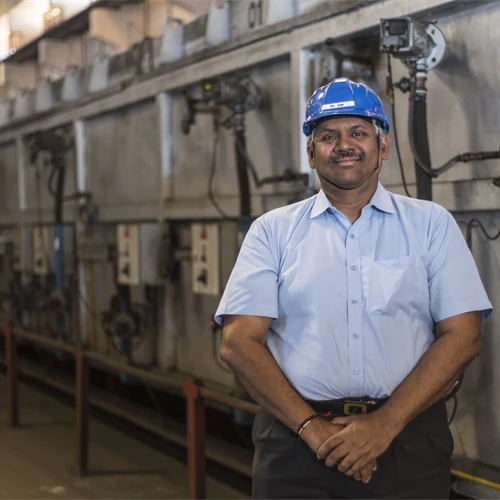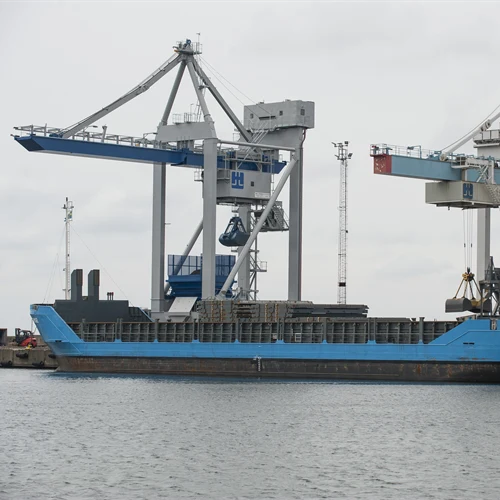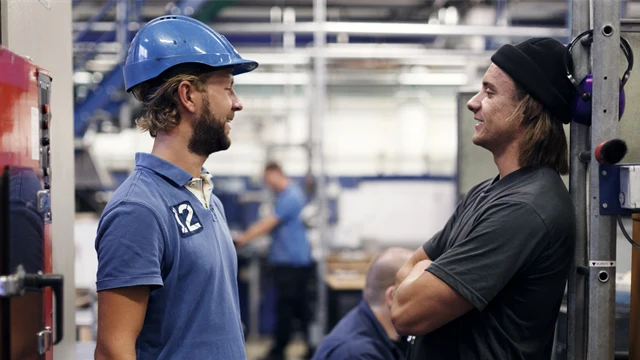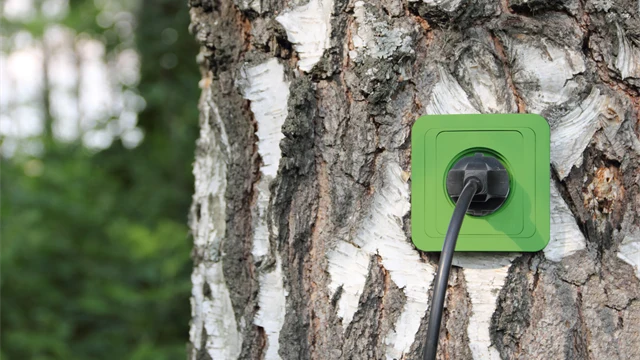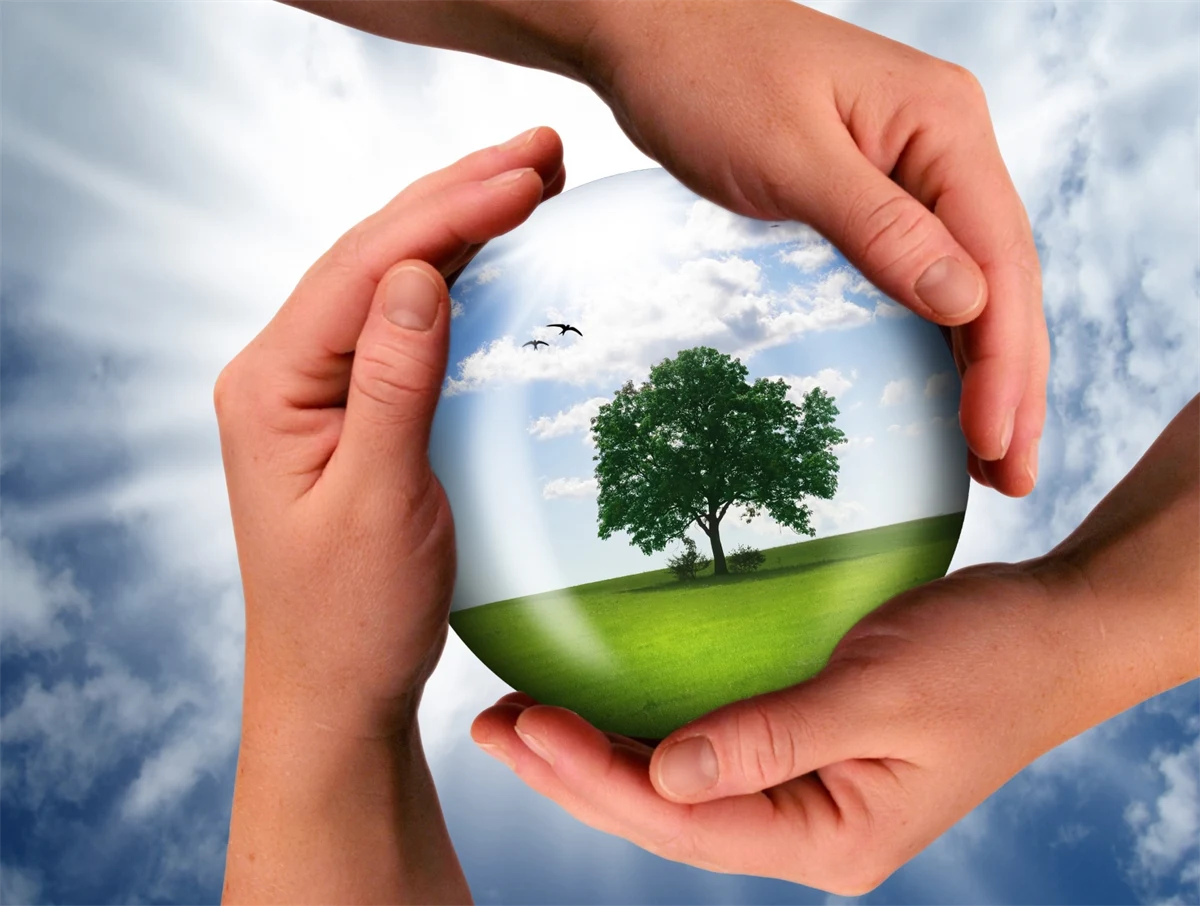
Society
Responsible sourcing at Höganäs
Our suppliers and subcontractors play a vital role in our business, so we expect them to demonstrate high standards. However, our commitment to take the lead in creating a sustainable business has given us new perspectives on our supplier relations, and we need to strengthen our supply chain management accordingly. Therefore, we have updated our expectations and enhanced our communication with the supply chain about our Responsible Sourcing Policy and our Code of Conduct for Suppliers. We also have a model for supply-risk identification and a tool for supplier evaluation. Prior to the engagement of any new direct material suppliers, we request them to respond to our supplier questionnaires applicable to the supply in question to enable us to assess the supplier’s compliance with our commitments and policies. Suppliers are obliged to continuously provide correct and up-to-date information and provide adequate assistance to Höganäs with regard to identifying upstream supply chain actors.
As we believe in the power of collaboration, we wish to work together with our upstream partners to support them in their development towards social, economic and environmental sustainability.

Challenges in the supply chain
Our supply chain consists of suppliers of raw materials located around the globe, ranging from upstream suppliers, like mining companies, to downstream suppliers, such as highly technical lubricant suppliers.
We have policies and procedures on how to mitigate risks connected to conflict minerals and artisanal mining in our supply chain. We have also taken a stance against the social challenges in the cobalt industry related to safety, labour standards and human rights. Read more in our Conflict Minerals and Cobalt Policy. We systematically work to ensure that our suppliers follow internationally agreed principles and comply with our Responsible Sourcing Policy and Code of Conduct for Suppliers.
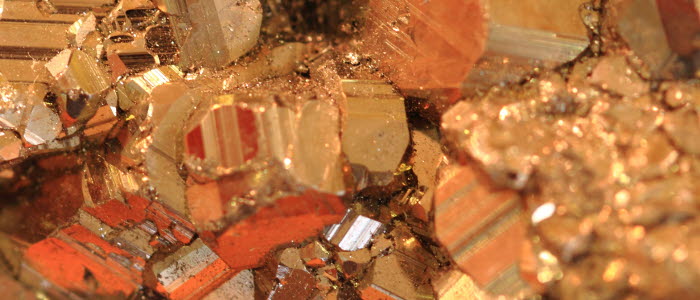
|
Conflict minerals are natural resources extracted in a conflict zone where armies or rebel groups sell the minerals to finance continued armed conflict. The four most commonly mined conflict minerals are tin, wolframite (for tungsten), coltan (for tantalum) and gold ore. These minerals are essential in the manufacture of a variety of devices. The most prominent contemporary example has been the eastern provinces of the Democratic Republic of the Congo (DRC), where various armies, rebel groups and outside actors have profited from mining while contributing to violence and exploitation in the region’s wars. Artisanal mining is small-scale mining of metals, minerals or stones carried out independently by enterprises or individuals that employ workers for mining, but generally use manually-intensive methods, work with hand tools and without the necessary safety precautions and social responsibility. As a result, artisanal mining is typically associated with human rights risks as well as substandard and unsafe working conditions. Child labour and a large number of fatal accidents have been reported in artisanal mines. |
||
Encouragement to speak up, whistleblower function
 Our Code of Conduct sets the tone for how we conduct business globally. We are committed to always comply with laws and our internal regulations. We have zero tolerance for corruption and we constantly work with building and maintaining trust and credibility with our customers, partners, employees, suppliers, owners and other stakeholders.
Our Code of Conduct sets the tone for how we conduct business globally. We are committed to always comply with laws and our internal regulations. We have zero tolerance for corruption and we constantly work with building and maintaining trust and credibility with our customers, partners, employees, suppliers, owners and other stakeholders.
Case stories
"We have long relations with many of our strategic suppliers. In 2017, we celebrated 100 years of continuous business relations with the Swedish mining company LKAB."
Society
